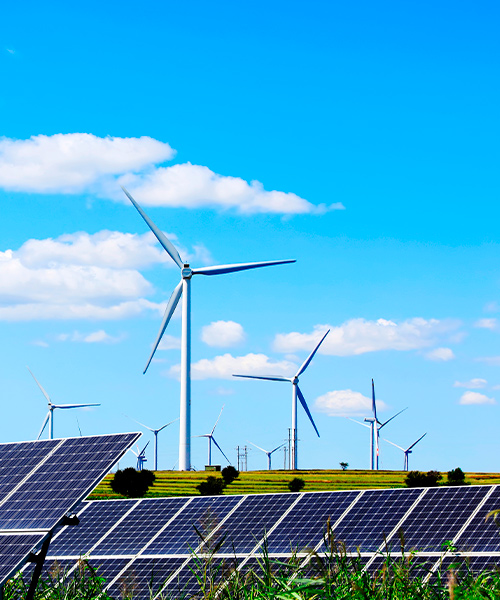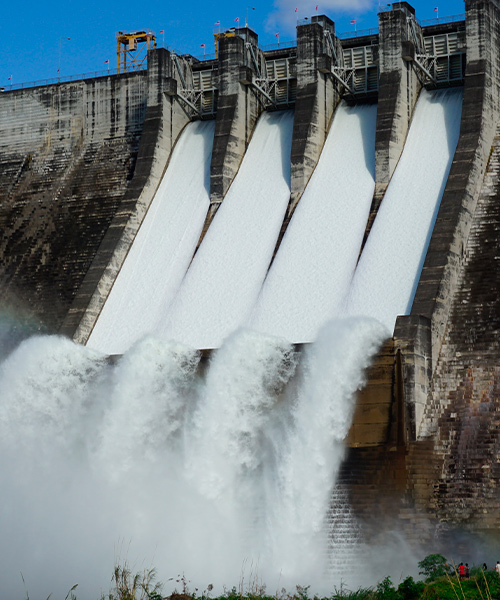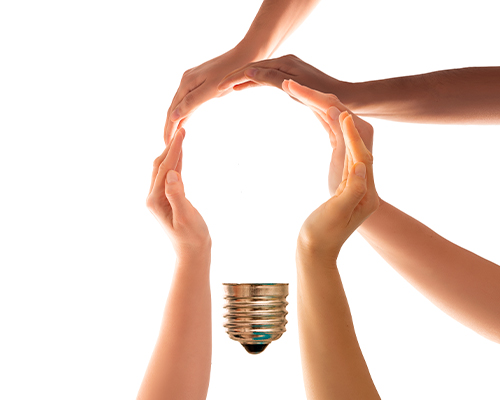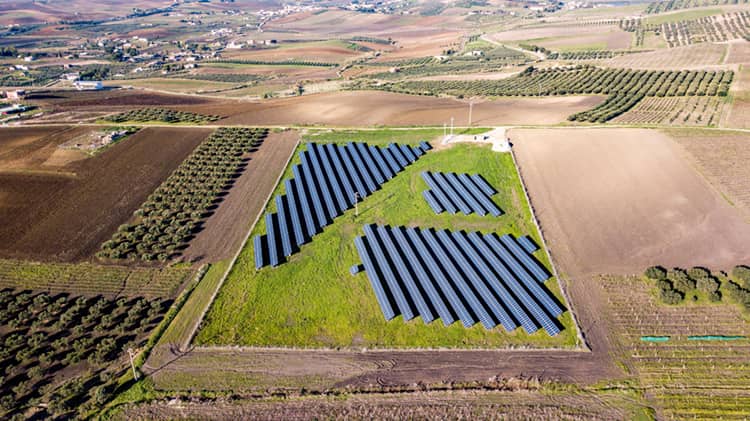Reliable energy is essential for our everyday lives: all our activities, from cooking and heating water in the home to industry, infrastructure, education, communications, and medicine, all require energy to operate properly.
Therefore, SDG 7 seeks to ensure universal access to affordable, safe, sustainable, and modern energy to improve the living conditions of millions of people. It also includes the need to increase the proportion of renewable energy used and improve energy efficiency in general. To meet this goal, international cooperation is vital for encouraging investment and research in low-carbon energy and energy infrastructure, on the one hand, and for fostering the improvement of facilities and technology in the least developed countries, on the other.






